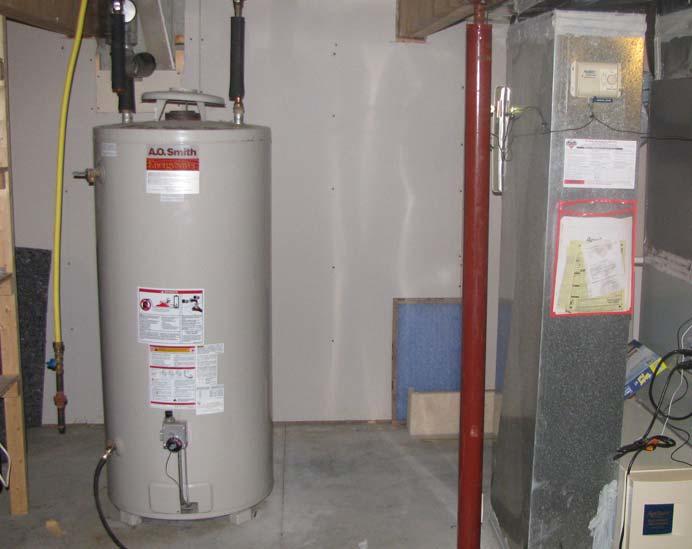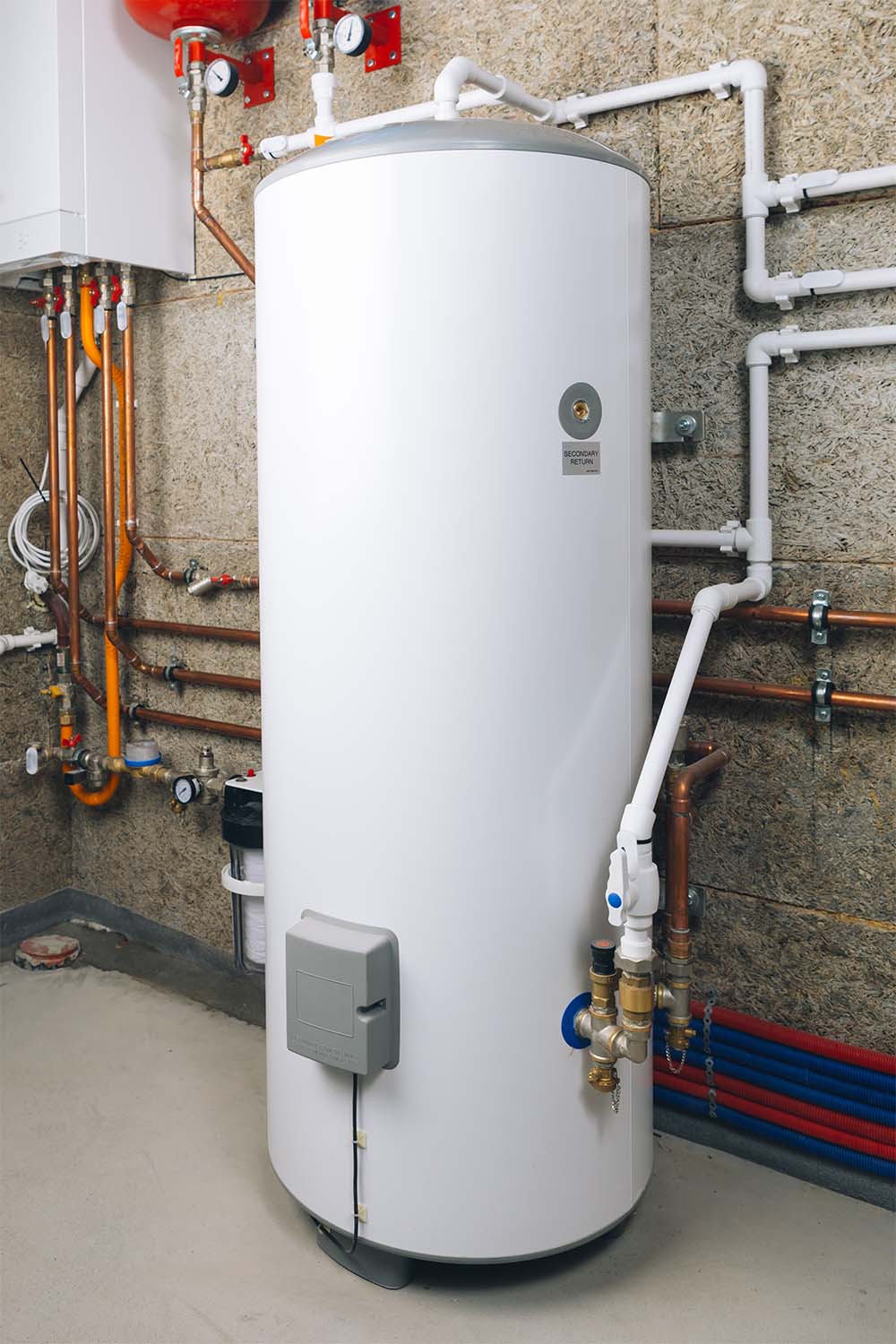What are your thoughts about Tips on Maintaining a Water Heater?

Warm water is essential for daily convenience, whether it's for a refreshing shower or washing recipes. To ensure your warm water system runs efficiently and lasts longer, normal maintenance is crucial. This post supplies practical ideas and understandings on how to preserve your home's warm water system to avoid disturbances and costly repair work.
Introduction
Keeping your home's hot water system may appear daunting, but with a couple of easy steps, you can guarantee it runs smoothly for years ahead. This overview covers every little thing from understanding your hot water system to DIY maintenance ideas and recognizing when to hire expert aid.
Value of Preserving Your Warm Water System
Normal maintenance not only prolongs the lifespan of your hot water system but also ensures it operates effectively. Disregarding upkeep can bring about lowered efficiency, greater power costs, and even premature failure of the system.
Signs Your Hot Water System Needs Maintenance
Understanding when your hot water system needs focus can protect against significant issues. Look out for indicators such as inconsistent water temperature, strange noises from the heating system, or corroded water.
Comprehending Your Hot Water System
Before diving right into maintenance jobs, it's handy to comprehend the fundamental components of your warm water system. Normally, this includes the hot water heater itself, pipes, anode rods, and temperature level controls.
Regular Monthly Maintenance Tasks
Normal regular monthly checks can help capture minor concerns prior to they escalate.
Purging the Hot Water Heater
Flushing your hot water heater eliminates sediment build-up, enhancing efficiency and lengthening its life.
Monitoring and Replacing Anode Rods
Anode poles avoid corrosion inside the tank. Evaluating and replacing them when broken is essential.
Inspecting and Readjusting Temperature Setups
Adjusting the temperature level settings ensures optimal efficiency and safety.
Do It Yourself Tips for Maintenance
You can execute several upkeep jobs yourself to maintain your hot water system in leading condition.
Looking for Leaks
Consistently evaluate pipes and links for leaks, as these can bring about water damage and greater costs.
Testing Pressure Alleviation Valves
Examining the pressure relief valve ensures it works appropriately and stops too much stress accumulation.
Insulating Pipes
Shielding hot water pipes lowers warmth loss and can save energy.
When to Call an Expert
While do it yourself maintenance is beneficial, some problems call for expert know-how.
Facility Problems Calling For Expert Aid
Examples consist of significant leakages, electrical issues, or if your water heater is constantly underperforming.
Routine Specialist Maintenance Conveniences
Professional maintenance can consist of thorough evaluations, tune-ups, and guaranteeing conformity with safety and security criteria.
Conclusion
Normal upkeep of your home's warm water system is essential for performance, long life, and cost savings. By following these suggestions and knowing when to look for professional help, you can ensure a reputable supply of hot water without unexpected disruptions.
Water Heater Maintenance Tips
Test the TPR Valve
Shut off the power and the cold-water supply valve. Place a bucket under the pipe connected to the temperature-pressure-release (TPR) valve on the top or side of the tank. (This valve opens if the tank pressure gets too high.) Lift the valve’s tab to let some water out, then let go. If water keeps flowing, drain the tank partway, unscrew the old valve with a pipe wrench, and install a new one. Check the Anode Rod
Put a hose to the tank’s drain cock and let out a few gallons of water. Now fit a 1 1/16-inch socket onto the rod’s hex head on top of the heater (or under its top plate) and unscrew the rod. If it’s less than ½ inch thick or coated with calcium, buy a new one, wrap its threads with Teflon tape, put it back in the tank, and tighten securely. Use this segmented rod if headroom above the tank is limited. Drain the Tank and Wash Out Sediment
Drain the remaining water in the tank into the bucket, then stir up the sediment on the tank’s bottom by briefly opening the cold-water supply valve. Drain and repeat until clean water comes out of the hose. Close the drain cock, refill the tank, and turn its power back on. Adjust the Temperature
Find the temperature dial on the side of the tank and unscrew its cover. Adjust the dial to 120 degrees using a flathead screwdriver. For every 10 degrees the temperature is lowered, you can expect to save up to 5 percent in energy costs. Turn the water heater off or the thermostat down to its lowest setting if you plan to be away from home for more than three days. Insulate the Pipes
Buy some self-sticking 3/8-inch-thick foam pipe insulation that matches the pipes’ diameter. Slide the foam over the hot-and cold-water pipes as far as you can reach. Insulating the cold-water pipe prevents condensation in summer. Peel the tape and squeeze the insulation closed. If the pipe is 6 inches or less from the flue, cover it with 1-inch-thick unfaced fiberglass pipe wrap. https://www.thisoldhouse.com/plumbing/21016402/how-to-maintain-a-water-heater

I was shown that report about Water Heater Maintenance Tips You Can't Afford to Forget through a good friend on our other web blog. Are you aware of another individual who is fascinated with the niche? Please feel free to promote it. Thanks so much for taking the time to read it.
Book Appointment